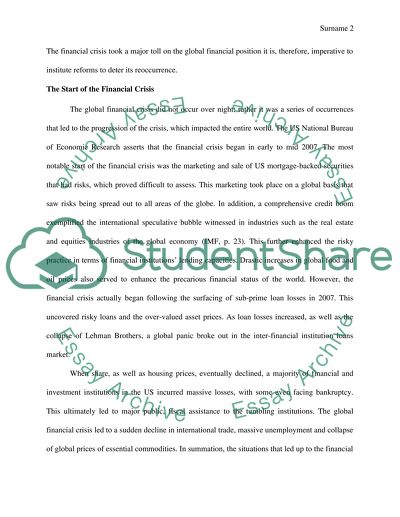Cite this document
(“Reforms in the International Finance System Essay”, n.d.)
Retrieved from https://studentshare.org/finance-accounting/1395754-propose-reform-in-at-least
Retrieved from https://studentshare.org/finance-accounting/1395754-propose-reform-in-at-least
(Reforms in the International Finance System Essay)
https://studentshare.org/finance-accounting/1395754-propose-reform-in-at-least.
https://studentshare.org/finance-accounting/1395754-propose-reform-in-at-least.
“Reforms in the International Finance System Essay”, n.d. https://studentshare.org/finance-accounting/1395754-propose-reform-in-at-least.


